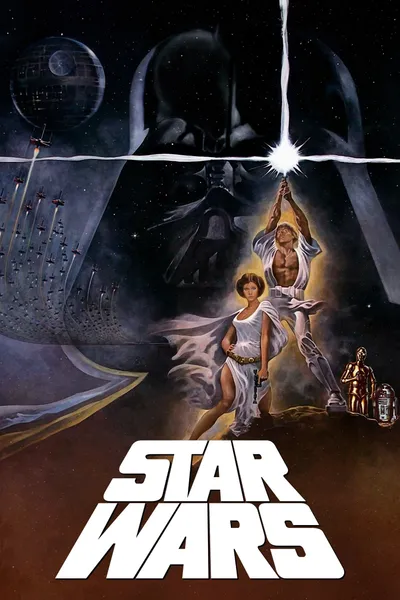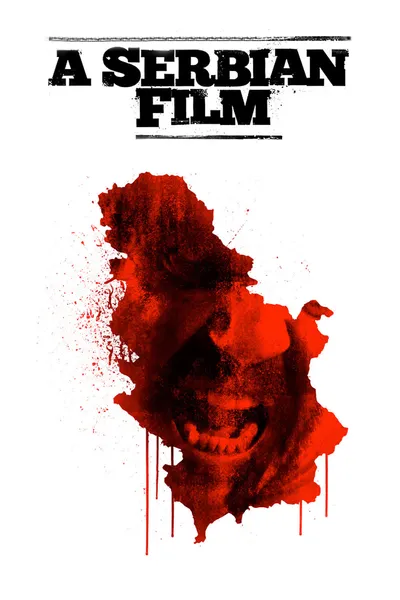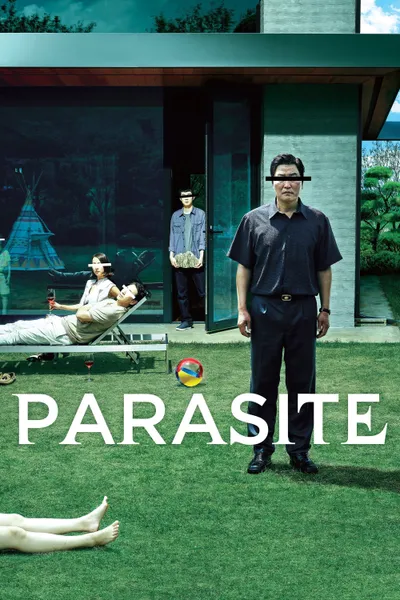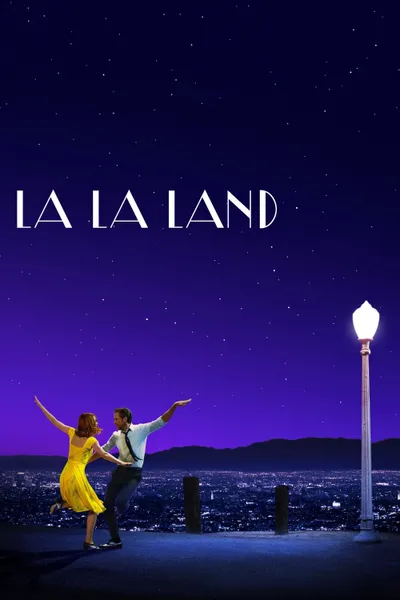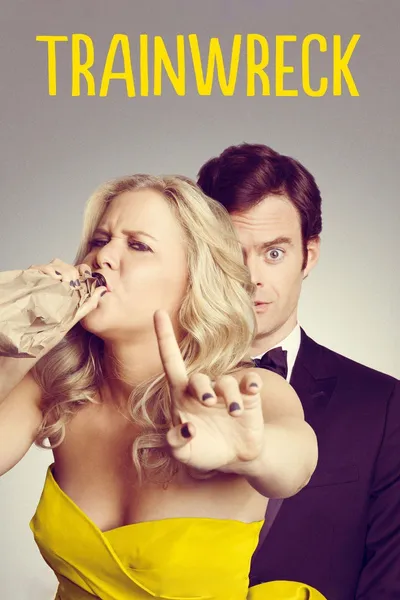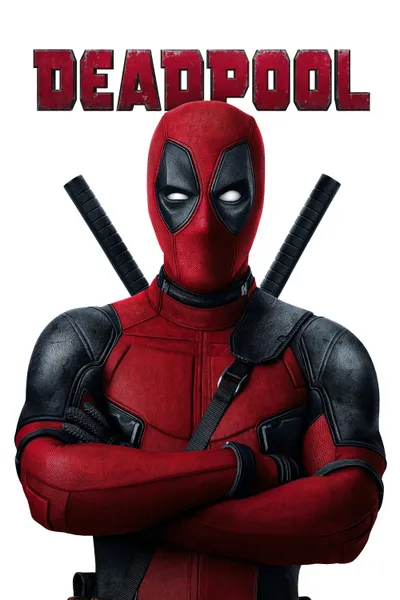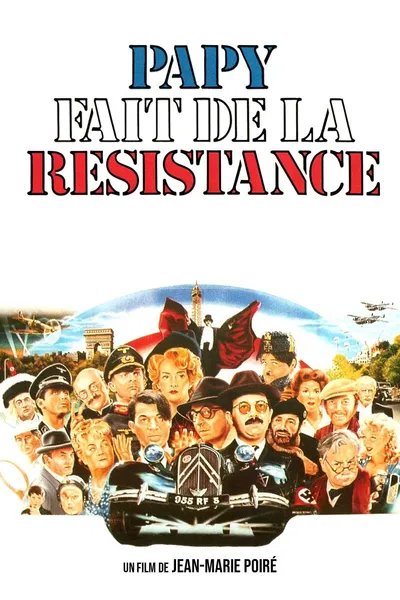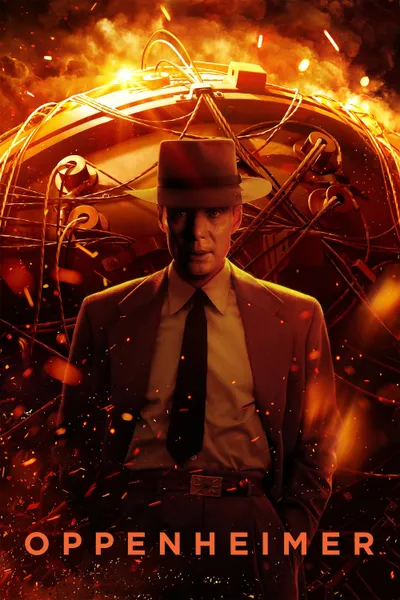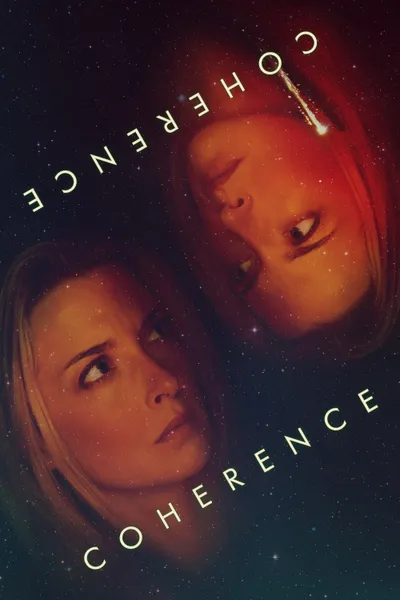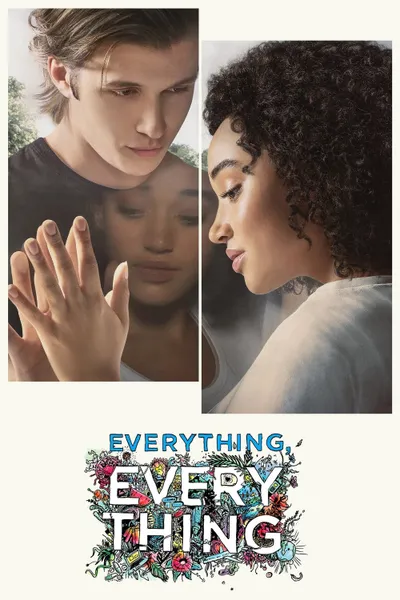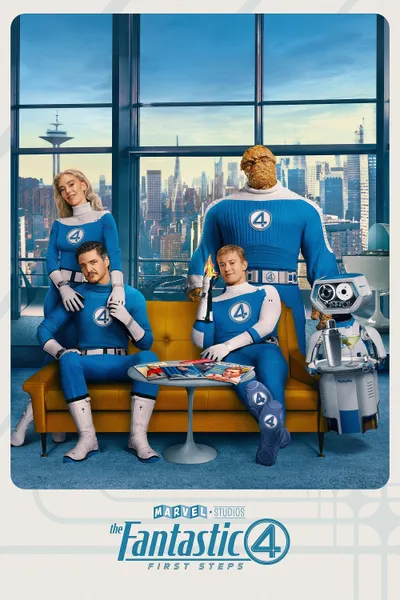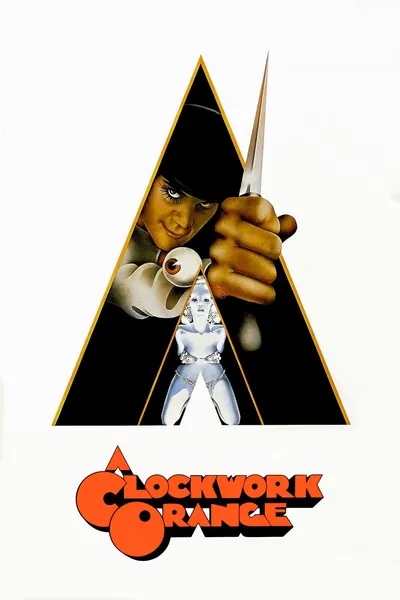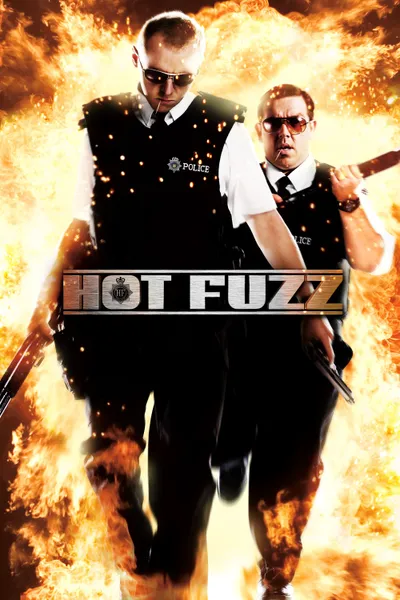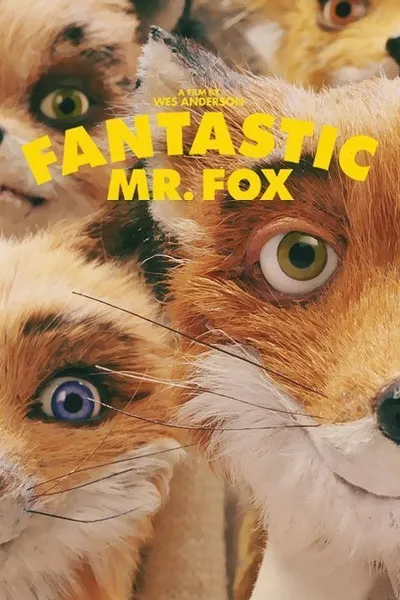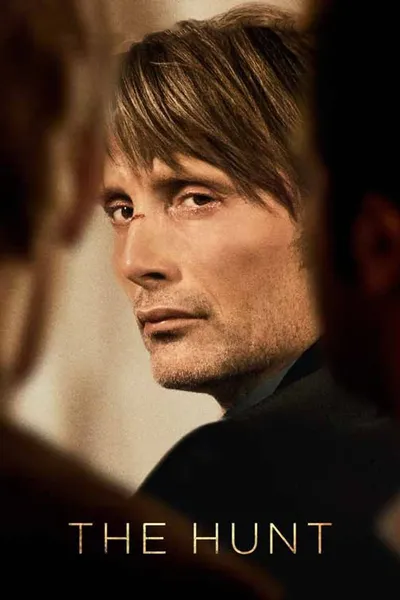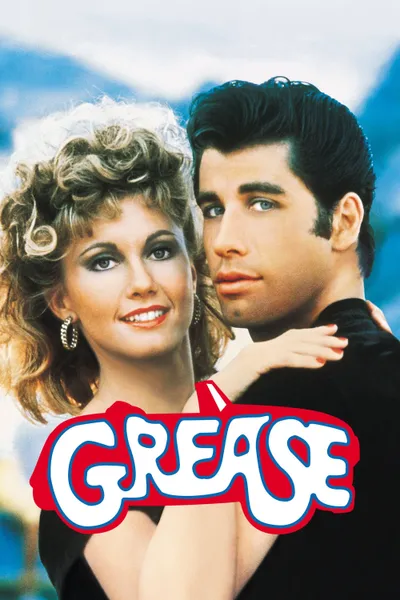Reviews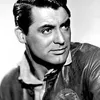
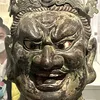

John Chard
April 5, 20147.5
Rancho Skulduggery.
Man in the Saddle is directed by Andre De Toth and adapted to screenplay by Kenneth Gamet from the novel written by Ernest Haycox. It stars Randolph Scott, Joan Leslie, John Russell, Ellen Drew, Alexander Knox, Richard Rober and Guinn Williams. Music is by George Duning and cinematography by Charles Lawton Jr.
More known and rightly lauded for the series of Western films he made with Budd Boetticher, it often gets forgotten that Randolph Scott also had a long working relationship with Andre De Toth. Man in the Saddle was the first of six Western films the two men would make together, and it’s a pretty impressive start.
Sometimes you see words such as routine and standard attributed to a lot of Westerns from the 1950s, and Man in the Saddle is one such film that’s unfairly tarred with that brush. Not that the narrative drive is out of the ordinary, the plot essentially sees Randy as a peaceful farmer forced to get nasty when evil land baron flexes his muscles, but the zest of the action, the stunt work, the colour photography (Lone Pine as always a Mecca for Western fans) and Scott, mark this out as a thoroughly entertaining production.
Characterisations carry a bit more psychological smarts than your average “B” Western of the era. There’s a four way tug-of-love-war operating that is clearly going to spell misery, pain and death for somebody, a capitalist slant that bites hard with its egotistical bully boy overtones, while the obsessive behaviour of the principal players adds another dark cloud over this part of the West. Then there is the action scenes, of which De Toth once again shows himself to be a darn fine purveyor of such directional skills.
And so, we get an ace runaway blazing wagon sequence, a stampede, a quite brilliant gunfight in a darkened saloon, a mano-mano fist fight that literally brings the house down – and then continues down a steep ravine, and the closing shoot-out played out during a dust storm doesn’t lack for adrenalin rushes. Scott is once again a bastion of Western coolness, more so when he throws off the bright attire he wears for the first half of film, to then switch to black clothes that signifies he’s going all bad ass on those who have caused him grief.
Undervalued for sure, both as a Scott picture and as a Western movie in general. Don’t believe the routine and standard scare mongers, there’s good craft here and it’s a whole bunch of Oater fun. 7.5/10

CinemaSerf
June 26, 20256.0
Randolph Scott’s production company had a hand in this, but it’s still all a fairly formulaic western. He is “Owen” who is having troubles with his empire-building neighbour “Will” (Alexander Knox). This latter man has a sort of marriage of convenience with “Laurie” (Joan Leslie) who has some history with “Owen” too. Aware that his marriage is a bit of a sham, “Will” determines to make sure he grinds his erstwhile rival into the dust. With the temperature rising and the body count starting to mount, it might be down to “Laurie” to think of a solution to save the day. Will anyone listen? It’s a perfectly watchable film this, but the plot doesn’t really offer much that’s new and as usual with Scott, he seems to be just going through the motions without really imposing himself on the film. There’s also not much chemistry between him and the rather bland Leslie and even the normally reliable Knox seems out of sorts. There’s too much verbiage and though the scenery looks good, not enough use of it is made to create much action. It passes the time fine, but is pretty unremarkable all round.
Recommendation Movies
125 rue Montmartre1959
Star Wars1977
A Serbian Film2010
Parasite2019
La La Land2016
Trainwreck2015
Deadpool2016
Wonder Woman 19842020
Gramps Is in the Resistance1983
Oppenheimer2023
Coherence2013
Dreams1990
King Kong vs. Godzilla1962
Everything, Everything2017
The Fantastic 4: First Steps2025
A Clockwork Orange1971
Hot Fuzz2007
Fantastic Mr. Fox2009
The Hunt2012
Grease1978
© 2025 MoovieTime. All rights reserved.Made with Nuxt


